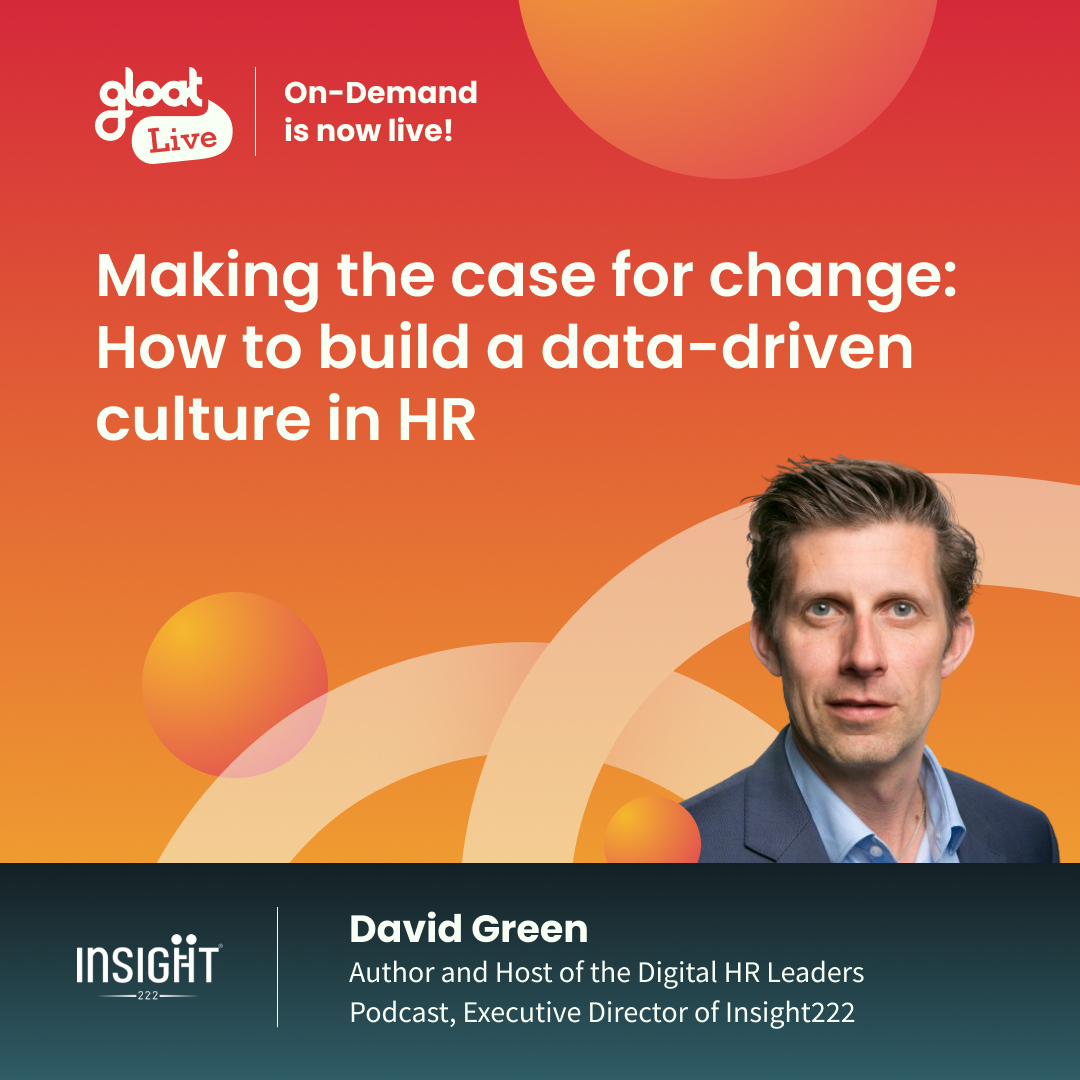Data-driven talent management: leveraging analytics to optimize internal skills
Learn why data needs to be at the forefront of your skills and talent management strategy Now that nearly one in two CEOs believe their company won’t be viable in a decade if they stay on their current path, it’s clear businesses are looking to make big changes. Unfortunately, architecting a transformation strategy is far

Learn why data needs to be at the forefront of your skills and talent management strategy
Now that nearly one in two CEOs believe their company won’t be viable in a decade if they stay on their current path, it’s clear businesses are looking to make big changes. Unfortunately, architecting a transformation strategy is far less straightforward, particularly amidst an AI-induced shift in job and skill needs. And since we’re in an ongoing period of economic volatility, no leader can afford to guess incorrectly.
To minimize risks and set their businesses up for success in an ever-changing world, executives are looking to data-driven insights to help them carve the right path forward. 85% of CHROs now view data as an essential part of their HR strategy, underscoring the fact that people analytics is stepping into the spotlight.
Since companies can’t rely on the same old data collection and analysis processes to identify emerging challenges and organizational priorities, we caught up with people analytics expert David Green to uncover the tools and mindsets businesses must embrace to put data at the center of their transformation strategies.
Inside the rise of the people analytics function
People analytics as a practice is nothing new—but the field’s growing level of influence is. During Gloat Live, Green shared that 94% of business leaders believe people analytics elevates the HR profession and 83% of people analytics teams have undertaken specific work for the board of directors within the past year.
Companies are also upping their investment in the function, with 65% of organizations increasing the size of their people analytics teams. At a time when leaders often feel like they’re juggling competing priorities, the right people analytics approach helps executives identify which initiatives and actions will actually move the needle. People analytics teams can also help their businesses transform into skills-based organizations by identifying the segments of their workforce that would benefit most from upskilling and reskilling while keeping tabs on workforce capabilities at large.
What skills do people analytics professionals need to succeed?
As people analytics teams gain more influence, professionals in the field will likely find themselves needing to add new skills to their arsenal. According to Green, there are three competencies that will be essential for the future of people analytics, including:
Data science: In order to help their organizations make decisions that are rooted in data, people analytics professionals must be comfortable with using statistics, scientific computing, algorithms, and systems to extract and extrapolate knowledge and insights from unstructured data.
Behavioral science: Developing an understanding of how psychology influences human decision-making will help people analytics professionals understand why leaders are gravitating towards certain choices.
Consulting: After analyzing the data, people analytics professionals must be comfortable drawing conclusions from it and sharing these insights with senior stakeholders so they can help them build new strategies based on their findings.
3 steps leaders must take to put data at the forefront of their talent management strategy
Beyond expanding their skill sets, there are a few steps people analytics leaders can take to encourage their organization to adopt a more data-driven culture. These best practices include:
#1. Role model what data-driven practices look like in action
People analytics professionals must set an example for their organization by using data to drive their recommendations and suggestions, particularly when it comes to talent management and skills-based strategies. They can harness the insights that skills intelligence tools generate to help their HR teams identify the capabilities their workforce has and the expertise they need to build next. “This isn’t just something we can dictate as HR leaders to the rest of our colleagues,” Green explains. “We need to actually be role modeling it by being data-driven ourselves. And we need to provide a forum for the CHRO to showcase those abilities as well.”
#2. Connect people analytics directly to HR leadership
People analytics can’t be siloed from HR leadership. Instead, they should work directly with them to parse insights and data related to skills management and ensure that HR executives have the information they need to make the final call on strategic workforce planning decisions. Green describes how the connection between people analytics and CHROs is being strengthened, noting, “We’re increasingly seeing now that the person who’s responsible for people analytics is sitting on the HR leadership team and working with them directly.”
#3. Don’t overlook the value of storytelling
Storytelling is a crucial skill for all professionals—and people analytics is no exception, as Green explains. “Storytelling is a powerful skill, not just when working with data, but for the business in general. I think we all need to become strong storytellers if we want to influence stakeholders to make the decisions we want them to make.”
He goes on to explain how being able to craft a compelling narrative and highlight the insights that specific stakeholders will find most relevant is crucial for people analytics professionals looking to make an impact and secure the necessary budget. “People need to be able to understand what is the one insight I need to highlight when talking to a specific stakeholder,” he notes. “It’s up to people analytics professionals to pull out that one insight and target it to the leader they’re speaking with.”
How will AI shape the future of people analytics?
Now that skill needs are shifting as AI goes mainstream, many people analytics leaders may be wondering how the rise of these technologies will impact their profession. Fortunately, Green is optimistic about the impact these innovations will have on the field. “I think it will reinforce people analytics and hopefully make it even more important that professionals elevate themselves beyond being a reporting function because actually one of the arguments that I’ve seen is that companies are overlaying generative AI on top of their dashboards, so as an HR business partner, you can ask a question and it will give you the answer you need. So you’ll no longer go to people analytics for that. So hopefully people analytics professionals who get frustrated with being in reporting will feel like their role gets elevated.”
Green also thinks that the rise of AI will shift the capabilities people analytics professionals need to succeed in their roles. “It might change some of the work people analytics professionals do,” he explains. “If we look back in three years, I think new skills will emerge from organizations that are doing well. So we’re seeing some of those leading companies hiring experts in machine learning and text analytics so they can take advantage of the generative AI capabilities.”
To learn more about the future of people analytics and how it’s going to shape talent management strategies going forward, check out David Green’s discussion about creating a data-driven HR culture.





